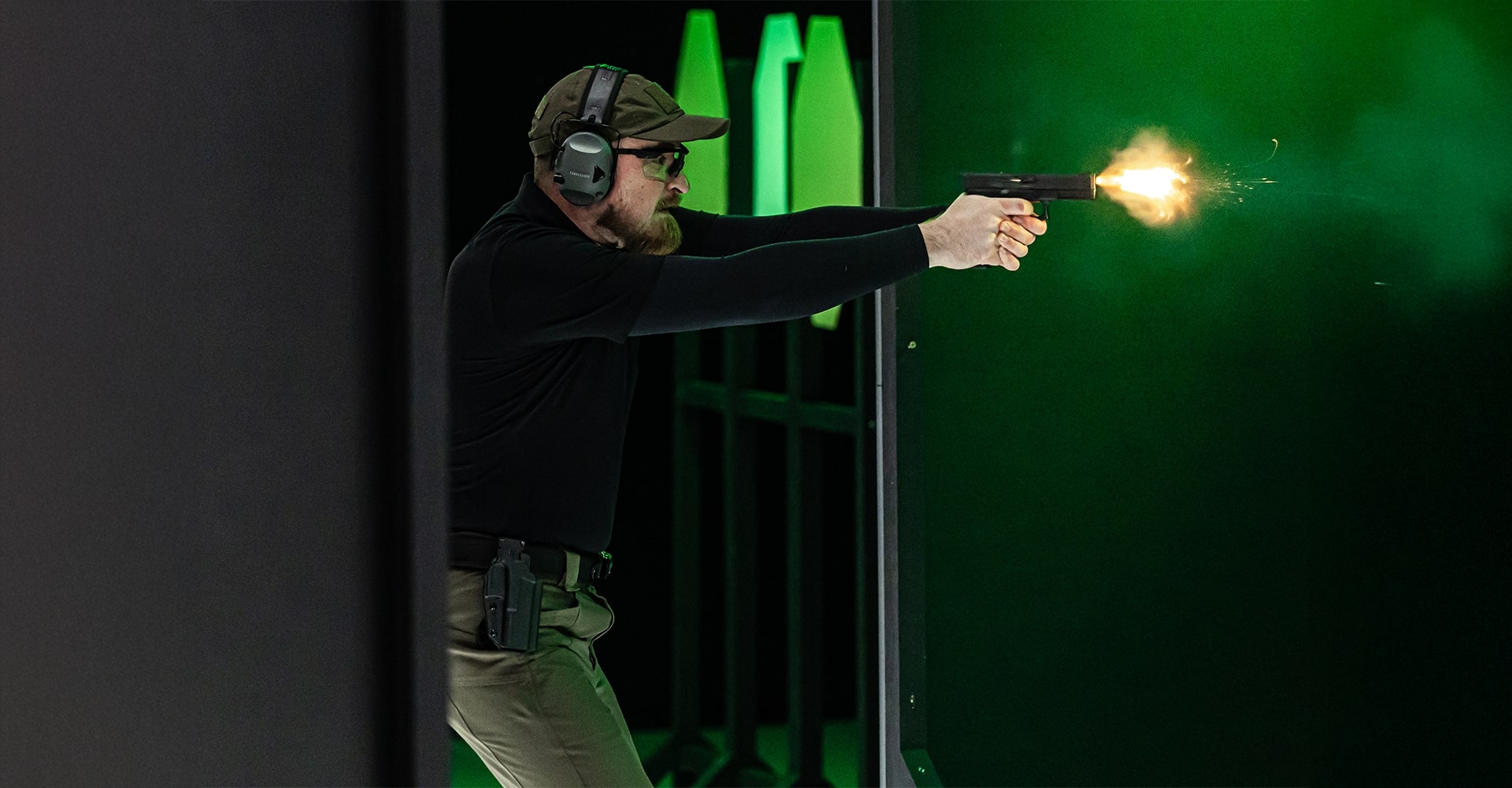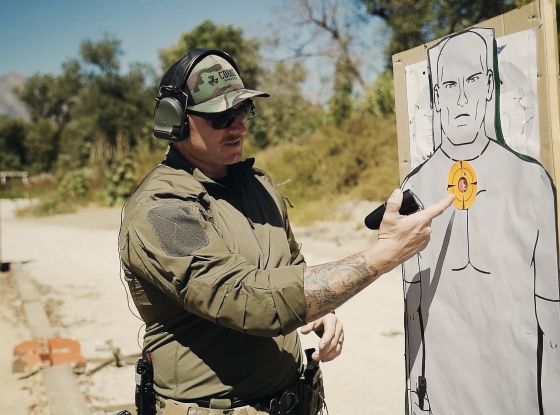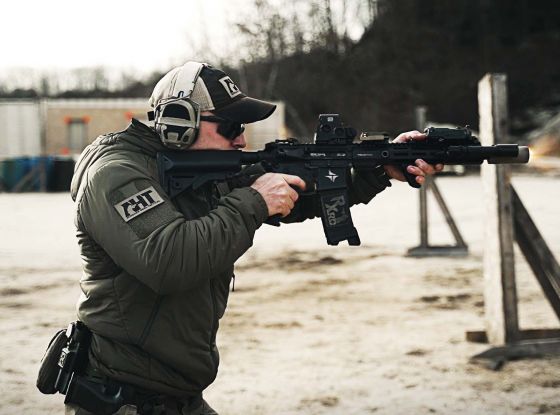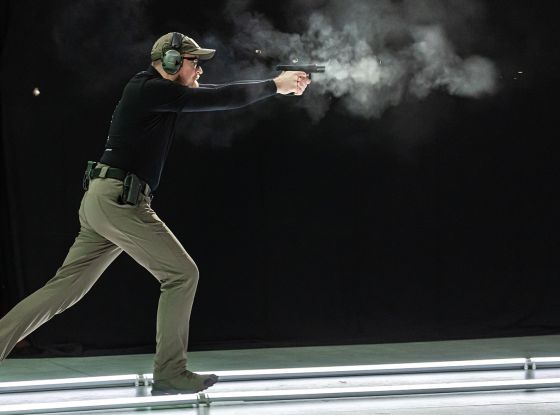Trigger control is the foundation of every great shooter’s performance, but mastering the fundamentals goes far beyond just knowing how to press the trigger smoothly. It’s about building a complete skill set that integrates precise mechanics, mental focus, and gear designed to support every movement under pressure in shooting sports.
In this blog post:
This guide dives deep into the core principles that elite competitors in shooting sports rely on—from grip and sight alignment to breathing and trigger discipline. More than just theory, it offers actionable drills and mindset strategies that turn fundamentals into second nature, so that every shot is controlled, deliberate, and repeatable.
Whether you’re just starting out or looking to sharpen your edge in shooting sports, mastering these fundamentals is the essential first step toward consistent accuracy and competitive success.
1. Grip, Sight Picture, Sight Alignment, and Trigger Control
The journey to perfect shooting begins with understanding the science behind every shot in shooting sports. Even the smallest lapse in grip tension, sight alignment, or trigger press can throw off an entire run.
Grip
A proper grip is more than just holding the firearm—it’s how you communicate stability and control to your weapon during shooting sports. Competitive shooters focus on applying consistent pressure that is firm enough to control recoil but relaxed enough to prevent unnecessary muscle tension. The dominant hand anchors the grip, while the support hand provides steady pressure that controls muzzle rise.
Why it matters: A poor grip can lead to excessive flinching, or inconsistent shot placement. Your grip is your foundation in shooting sports.
Sight Picture and Sight Alignment
Elite shooters know to fixate on the front sight, ensuring it remains crisp and clear. The target may blur slightly in the background, but a sharp front sight focus is key to consistent accuracy in shooting sports.
- Sight alignment means centering the front sight within the rear sight notch, keeping it level and properly aligned vertically and horizontally.
- Mechanical offsets, parallax, and holdovers factor in at distance but the fundamentals always start with perfect alignment at close range.
Understanding how your sight picture influences accuracy is crucial. Check out Sight Picture & Mechanical Offset for insights on visual alignment that complement your shooting.
Trigger Control
Arguably the most intricate component, trigger control requires controlled and deliberate squeeze of the trigger that does not disturb sight alignment. The shooter must suppress the natural reflex to jerk or “pull” the trigger prematurely. Biomechanics come into play: proper finger placement on the trigger, and practiced/controlled trigger press all contribute to a clean shot. Flinching or anticipating the recoil is the enemy of precision in shooting sports.
If you want to dive deeper into the precise mechanics behind trigger control, our Rifle Fundamentals: Trigger Manipulation blog breaks down how finger placement and trigger reset form the basis for smooth shooting.
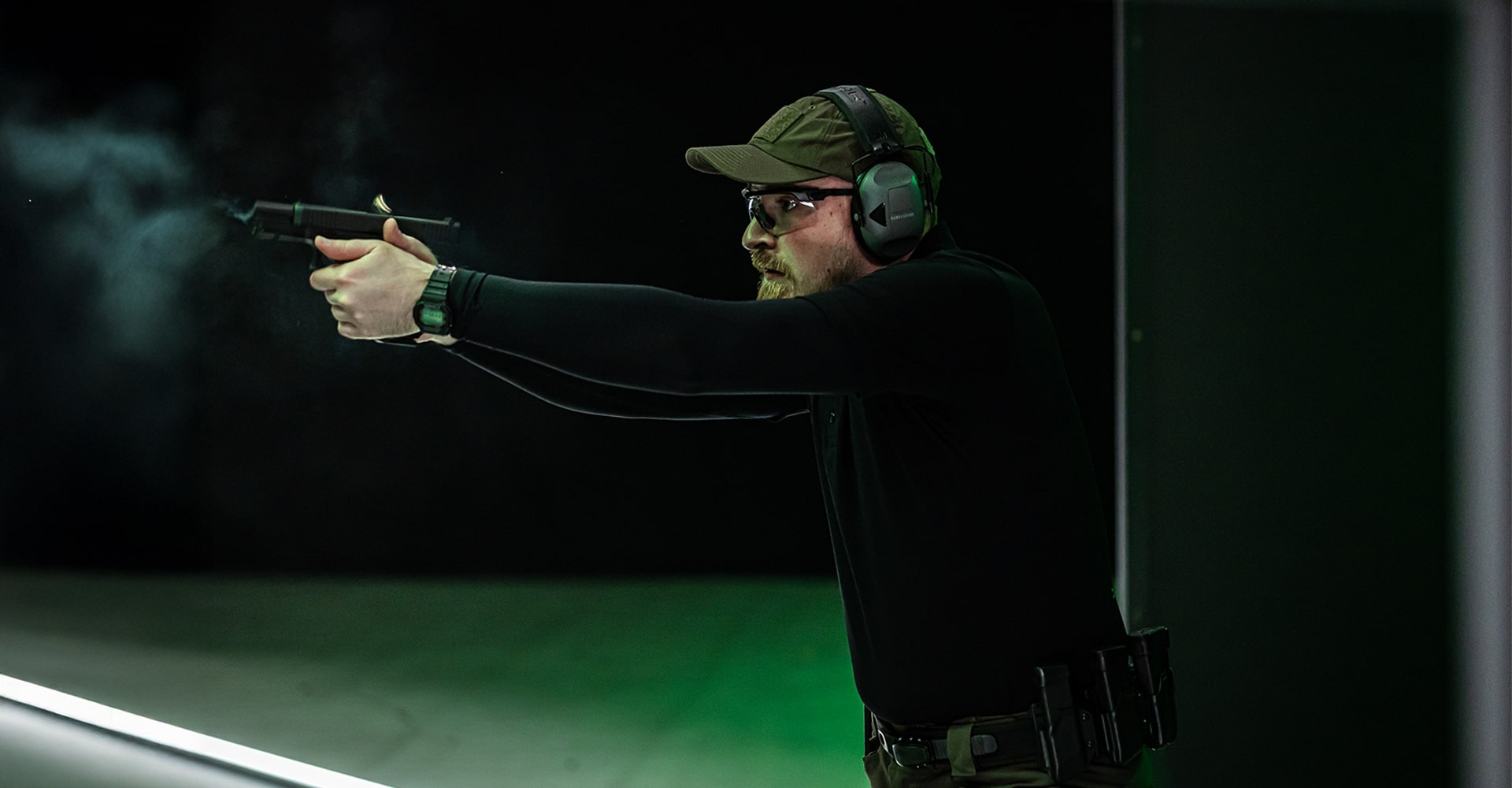
2. Building Skill: How Top Shooters Train Trigger Discipline
Knowing the fundamentals is one thing; training them correctly is another. Top competitors in shooting sports build muscle memory and mental consistency through structured drills.
Dry-Fire Drills
Dry fire is one of the most effective and accessible training tools in shooting sports. Practicing trigger presses without live ammo allows the shooter to focus solely on the mechanics: a smooth squeeze, trigger reset, and sight picture maintenance.
- Drills should emphasize trigger control to avoid anticipation.
- Consistency in dry fire builds confidence and ingrains proper technique, which translates directly to live fire.
Recoil Management with Trigger Reset Practice
Trigger reset—the brief forward movement of the trigger after the shot—allows for rapid follow-up shots without fully releasing the trigger finger. Practicing recoil management and trigger reset improves shot cadence without sacrificing control.
SUBSCRIBE TO UNLOCK OUR EXCLUSIVE CONTENT
Enter your email and get timely updates and relevant intel on tactical topics directly to your inbox.
You are signing up to receive updates via e-mail from which you can opt out at any time. Visit our privacy policy for more info.
Mental Cues and Repetition for Consistency
Elite shooters use mental triggers—specific cues or rhythms—to maintain focus and consistency. Whether it’s a breathing pattern or a verbal mantra, these tools help avoid rushing shots under pressure. Repeating drills in varied environments and under simulated stress helps turn proper trigger control into an automatic reflex. Training trigger control involves more than repetition — it’s about deliberate practice and building mental focus.
Our article on Task-Focus Isolation Drills highlights ways to hone your concentration during these exercises, turning isolated skills into muscle memory that holds under pressure.
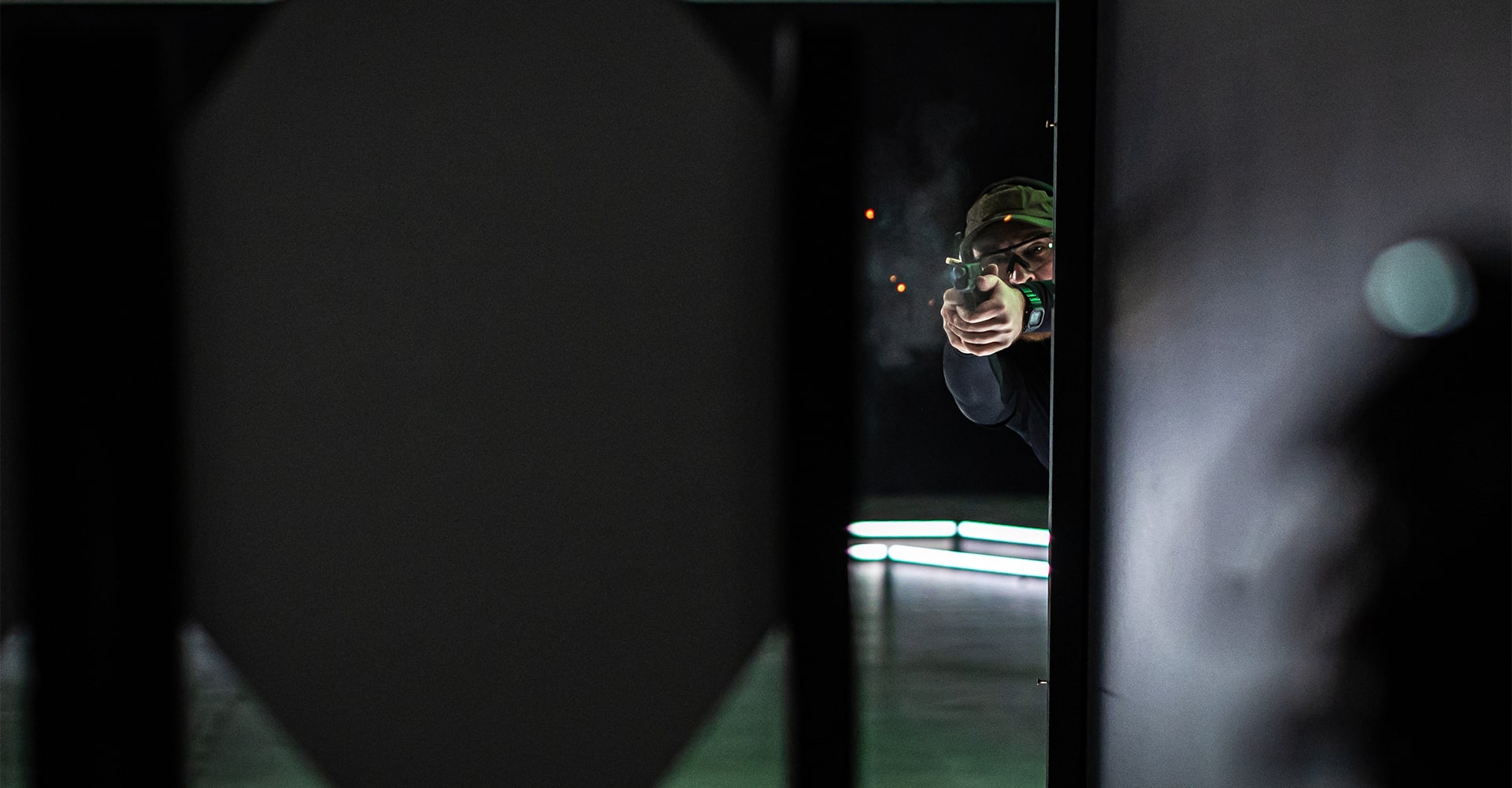
3. Gear That Keeps Up With You in Shooting Sports
Perfect technique can be undone by poor gear choices. Competitive shooters in shooting sports need clothing and equipment that support full mobility and comfort in all shooting positions—standing, kneeling, prone, and dynamic transitions.
Mobility
Stretch zones and articulated fit ensure freedom of movement without resistance. When transitioning quickly between shooting positions, restrictive clothing can introduce tension that disrupts fine motor control, such as trigger squeeze.
Durability
Range days can be tough on gear. Reinforced fabrics and stress-tested seams protect against wear while maintaining flexibility.
Utility
Optimized pocket layouts and holster placement help shooters access magazines and tools quickly and smoothly, reducing reload times.
Even the best fundamentals can be undone by gear that restricts movement or distracts. For shooters constantly transitioning between positions, the fit and flexibility of tactical clothing are critical.
The P-40 Mark I Range Pants deliver articulated joints and integrated stretch zones that support dynamic shooting — similar principles that make transition drills like those described in Rifle Fundamentals: Transitions Rifle-Pistol more efficient.
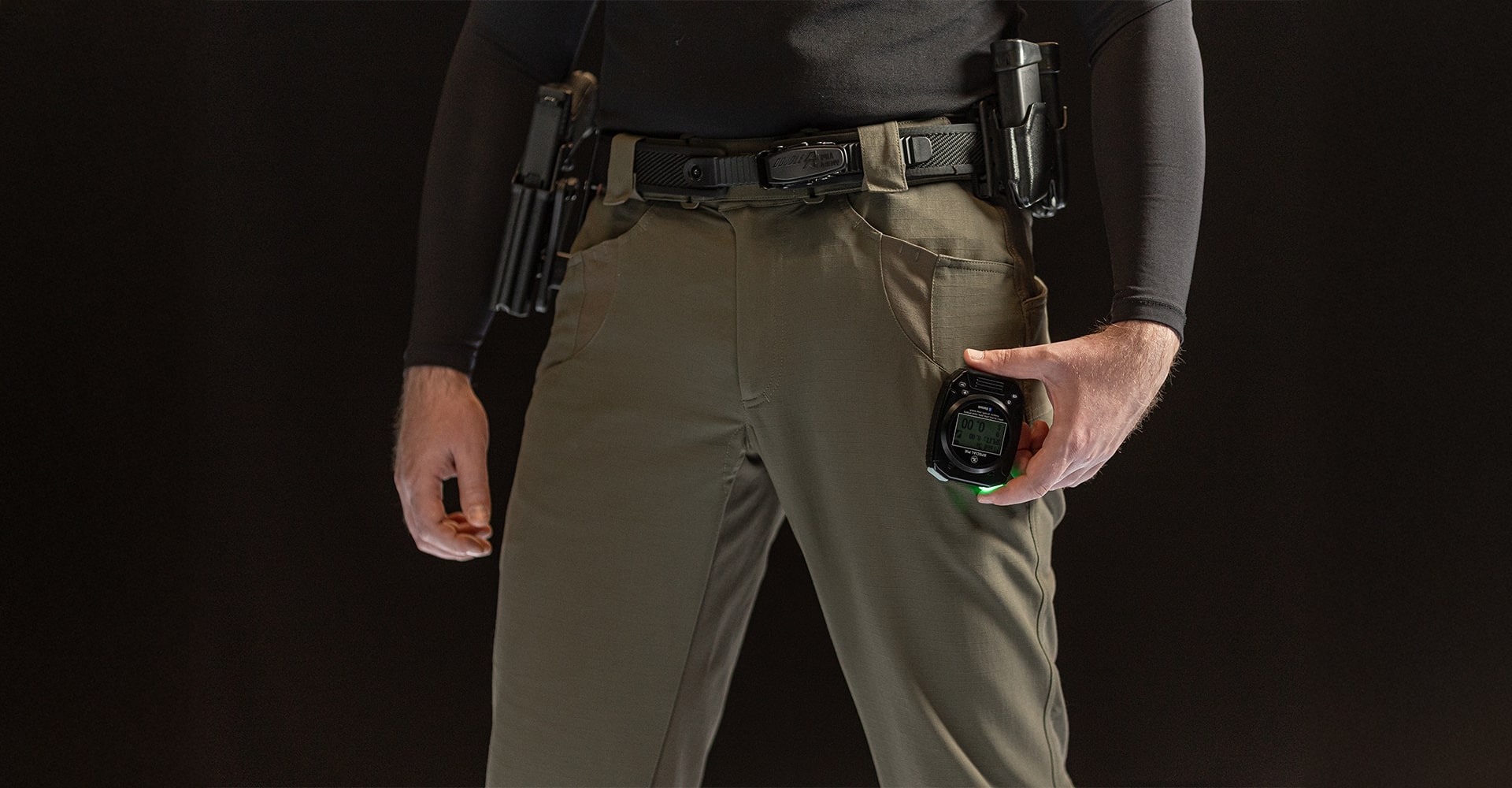
4. Real-World Habits for Better Trigger Control in Shooting Sports
Mastering fundamentals requires building habits that extend beyond the range.
Tracking and Journaling
Documenting training sessions by logging metrics such as hit ratios, times, and subjective notes allows shooters in shooting sports to objectively analyze what worked and pinpoint areas needing improvement. Combining this journaling with regular review of footage creates a powerful feedback loop for self-improvement.
Pre-Competition Routines
Dry-fire sessions before competition days “warm up” trigger control and mental focus. Preparing your muscles and mind prevents sloppy shots from nerves or cold fingers.
Treating Trigger Control Like a Muscle Group
Just as physical muscles need regular, deliberate training, trigger control improves with consistent practice. This isn’t about brute strength but refined motor control that only comes with repetition.
5. The Competitive Edge in Shooting Sports
Fundamentals are the cornerstone, but competition in shooting sports demands more—a performance mindset.
Discipline
Training smart—not just hard—is what builds lasting skill. Prioritizing quality reps over quantity ensures progress without burnout.
Purpose-Built Gear
Wearing equipment designed for your style and needs improves confidence and reduces distractions.
Long-Term Focus
Competitive success in shooting sports requires patience and persistence. Progress is a marathon, not a sprint. Even elite shooters hit plateaus; the key is consistency and thoughtful adjustments.
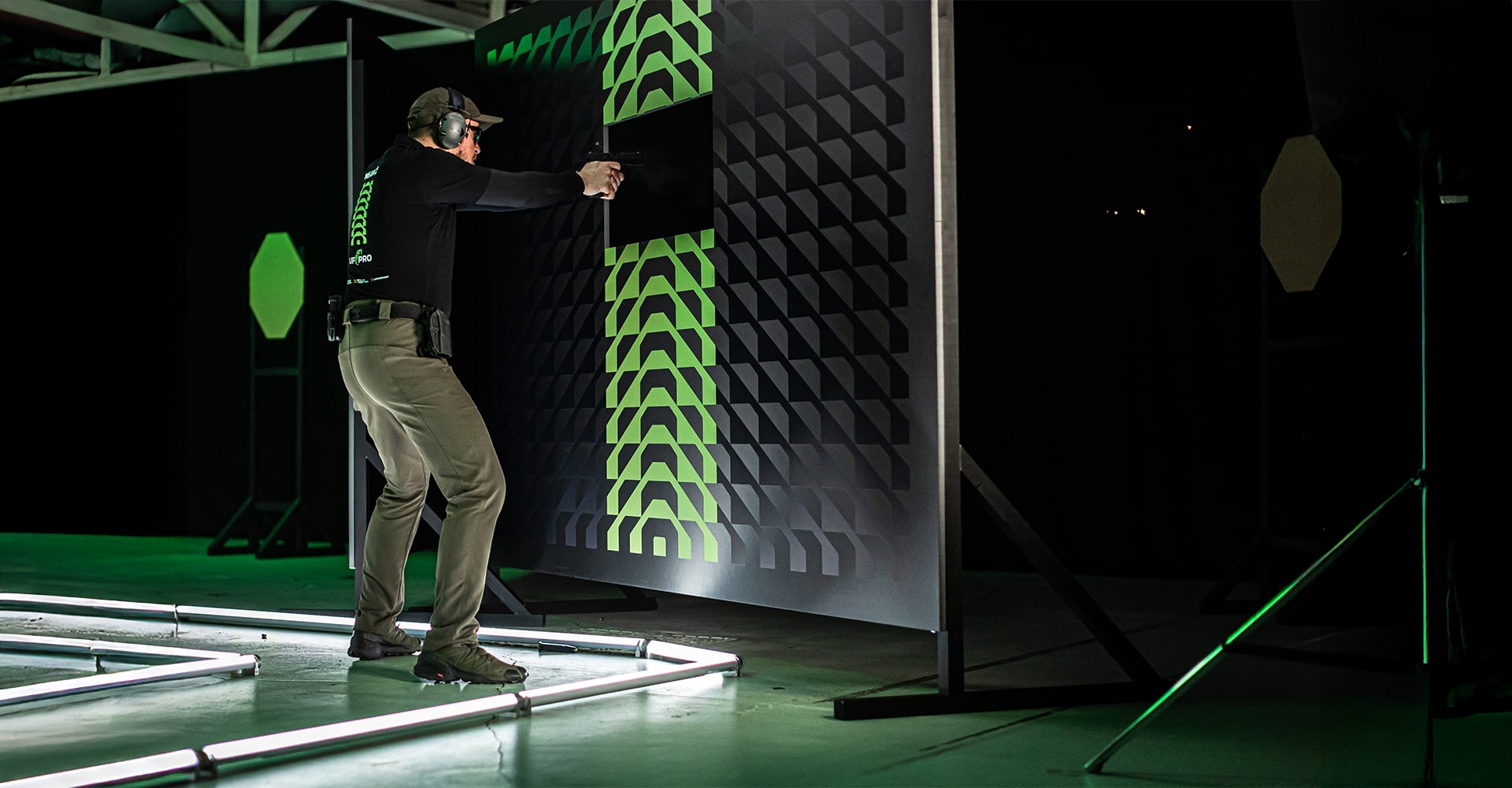
Conclusion
Control isn’t optional. It’s the difference between a clean run and a costly miss. By mastering fundamentals and integrating them into a holistic training regimen, shooters gain the confidence to perform when it matters most. For insights on developing the mindset, resilience, and competitive edge that turn solid fundamentals into winning performances, explore our feature on The Edge in Sports Shooting. It dives into how elite athletes prepare mentally, manage pressure, and sustain focus under competition conditions.

